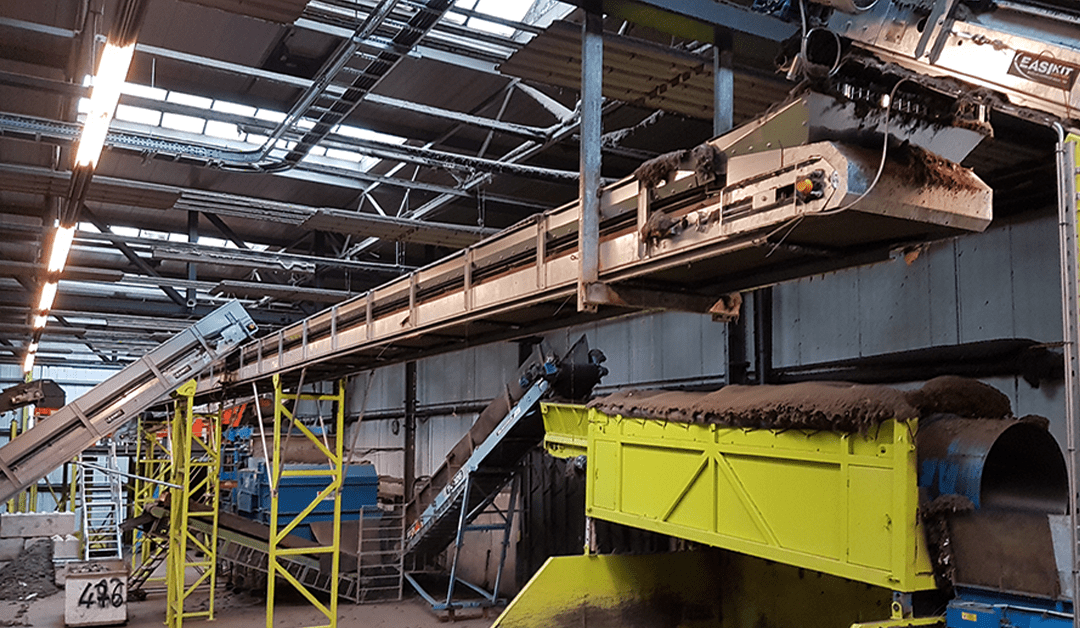In the fast-paced world of material handling and industrial operations, conveyor belts play a pivotal role in streamlining processes and enhancing efficiency. However, with great power comes great responsibility. The safety of those working around conveyor systems is paramount. In this blog post, we’ll delve into the best practices and compliance measures essential for maintaining a safe working environment.
Understanding the Risks: Conveyor systems are powerful tools, but they come with inherent risks. From nip points to pinch hazards, it’s crucial to recognize potential dangers associated with conveyor belt operations. Understanding these risks is the first step towards implementing effective safety measures.
Best Practices for Conveyor Belt Safety:
1. Training and Education:
– Start with comprehensive training programs for all personnel involved in conveyor operations.
– Ensure employees understand the potential hazards and are familiar with emergency procedures.
2. Regular Inspections:
– Establish a routine inspection schedule to identify and address potential issues promptly.
– Inspect belts, pulleys, rollers, and other components for signs of wear, damage, or misalignment.
3. Proper Lockout/Tagout Procedures:
– Implement strict lockout/tagout procedures during maintenance or repair activities.
– Clearly communicate these procedures to prevent accidental startups during maintenance work.
4. Guarding and Barriers:
– Install physical guards and barriers to prevent access to moving parts of the conveyor system.
– Ensure guards are in place and secure before restarting the conveyor.
5. Emergency Stop Devices:
– Install easily accessible emergency stop buttons along the conveyor line.
– Regularly test emergency stop devices to ensure they function correctly.
Compliance with Industry Standards:
1. OSHA Regulations:
– Familiarize yourself with and adhere to Occupational Safety and Health Administration (OSHA) regulations relevant to conveyor systems.
– Stay updated on any changes to ensure continuous compliance.
2. ANSI/CEMA Standards:
– Follow the guidelines set by the American National Standards Institute (ANSI) and the Conveyor Equipment Manufacturers Association (CEMA) for conveyor design, construction, and safety.
3. Risk Assessment:
– Conduct regular risk assessments to identify and mitigate potential hazards specific to your conveyor system.
– Document risk assessment findings and ensure corrective actions are implemented.
Prioritizing conveyor belt safety through best practices and compliance measures is not just a legal obligation; it’s a commitment to the well-being of your workforce. By integrating these safety protocols into your operations, you not only reduce the risk of accidents but also contribute to a culture of safety that resonates throughout your organization.
Remember, a safe conveyor system is a productive one, and investing in safety today ensures a secure and efficient workplace for tomorrow.

